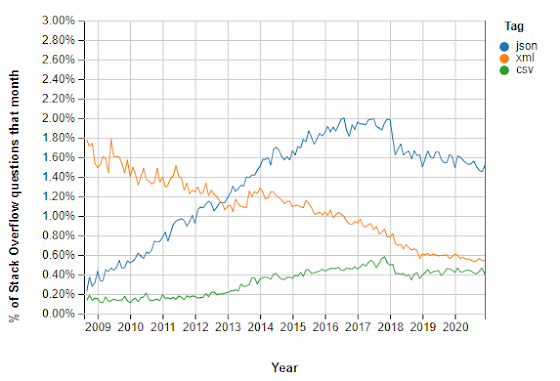My first IOT Raspberry PI Experiment

I am going to describe my amazing introduction of Raspberry Pi. I was introduced to this amazing device a couple of weeks back as part of my training and I immediately decided to procure one and get my hands dirty with it. Well no fun comes with pain. So I decided to write a blog to make it simpler for other trying their hands for the first time. Goal : Setup a PC with following: Message Broker supporting MQTT protocol to receive messages over WiFi from Raspberry Pi. Subscriber code to receive messages from the broker by subscribing to a channel and push the data to Mongo DB. Mongo Db to collect the data. Wifi Router: Use the home WiFi to establish connectivity between PC and Raspberry Pi Raspberry Pi - Publisher module to publish the data to message broker listening in the PC (data will not be from sensor but dummy data) Section 1 Before we start with the integration, I will start from the beginning as Raspberry Pi is absolutely new to me. Setup 1 : Raspberry P...


